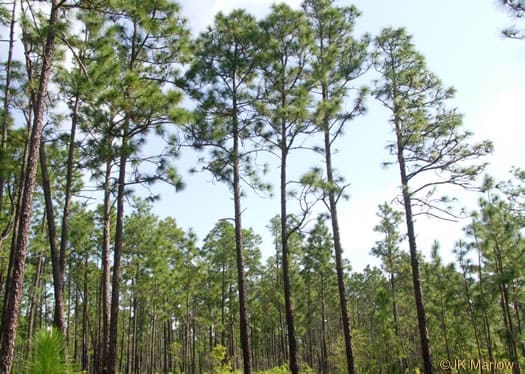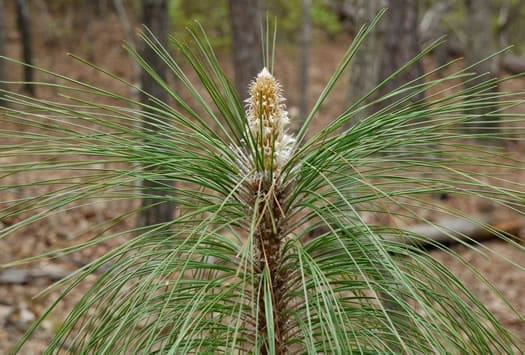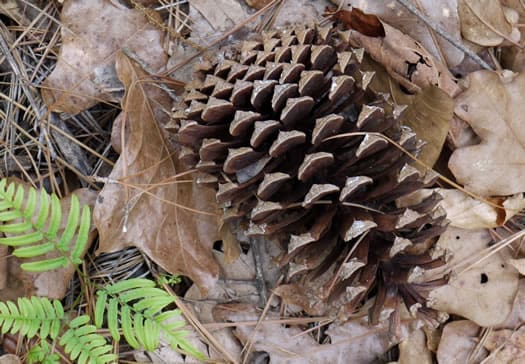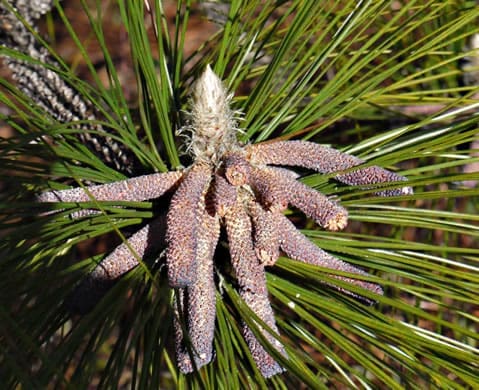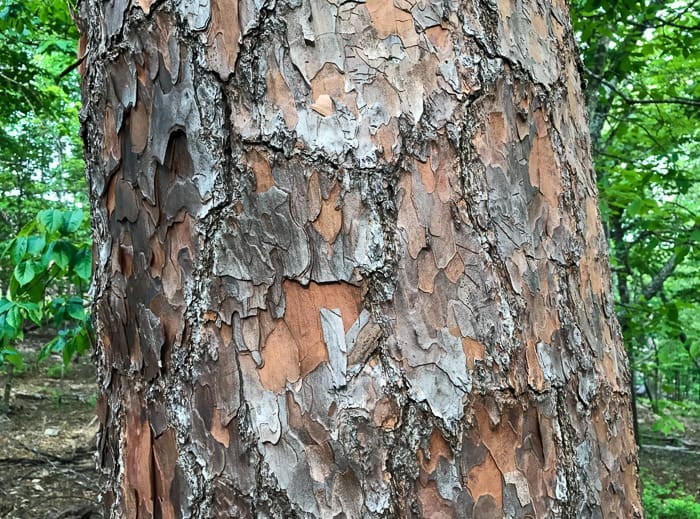Pinaceae
longleaf pine
Pinus palustris
Other Common Names
southern pine
Plant Type
Large Tree (greater than 25 ft)
Life Cycle
Perennial
Typical Size
60-120 ft. tall
30-40 ft. wide
Tolerant of
Drought
Inolerant of
Poorly Drained Soil
Propagation
By seed
Plant Planting Notes
Does not transplant well due to rapid growing tap root.
Plants/Diseases
Stands up to wind better than other pine species. No significant disease or pest issues.
Wildlife Benefits
Host plant for butterfly larvae, Fruit/seeds for birds
Leaves
Acicular needles; 6-12 inches long.
Flowers
Cone bearing.
Fruit
Large cones up to 15 inches.
Bark
Brown to gray in patches. Branches tend to be gnarled or twisted.
Toxicity
No known toxicity.
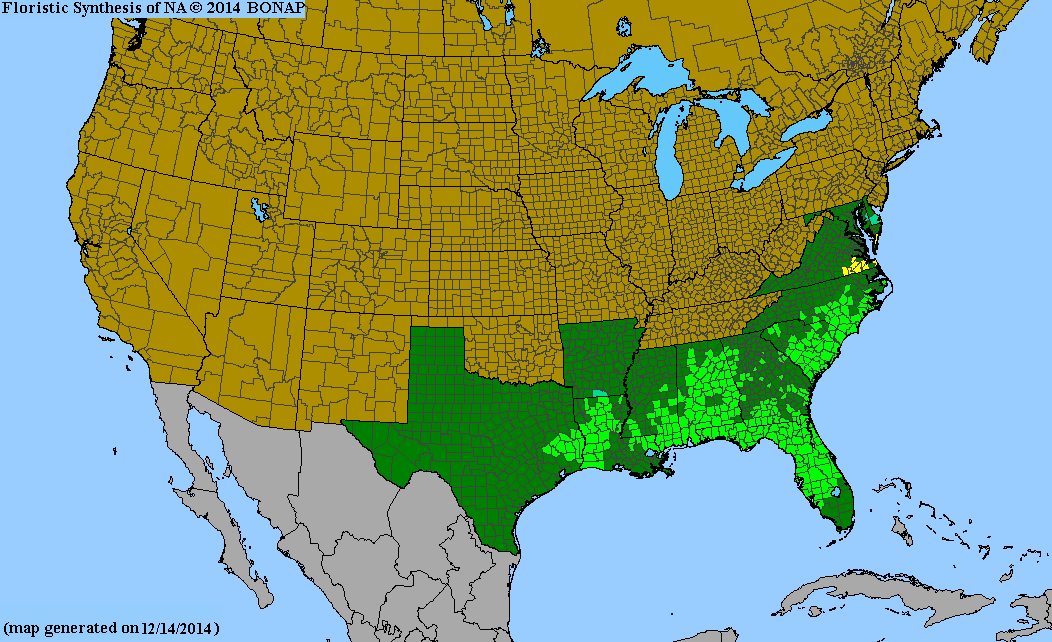
USDA Hardiness Zones
7, 8, 9
Light Exposure
Full Sun
Soil Moisture
Dry, Medium, Moist
Soil Drainage
Well-drained
Soil pH
Acidic (less than 6.0)
Native in South Carolina?
Yes
Plant Native Habitat
Savannahs, woodlands, and forests
Global Conservation Status (NatureServe)
Secure (G5)
Federal Conservation Status (USFWS)
Not Listed
Distribution Notes
Common in the coastal plain, rare in the piedmont. Reduced to less than a tenth of it’s former range.

